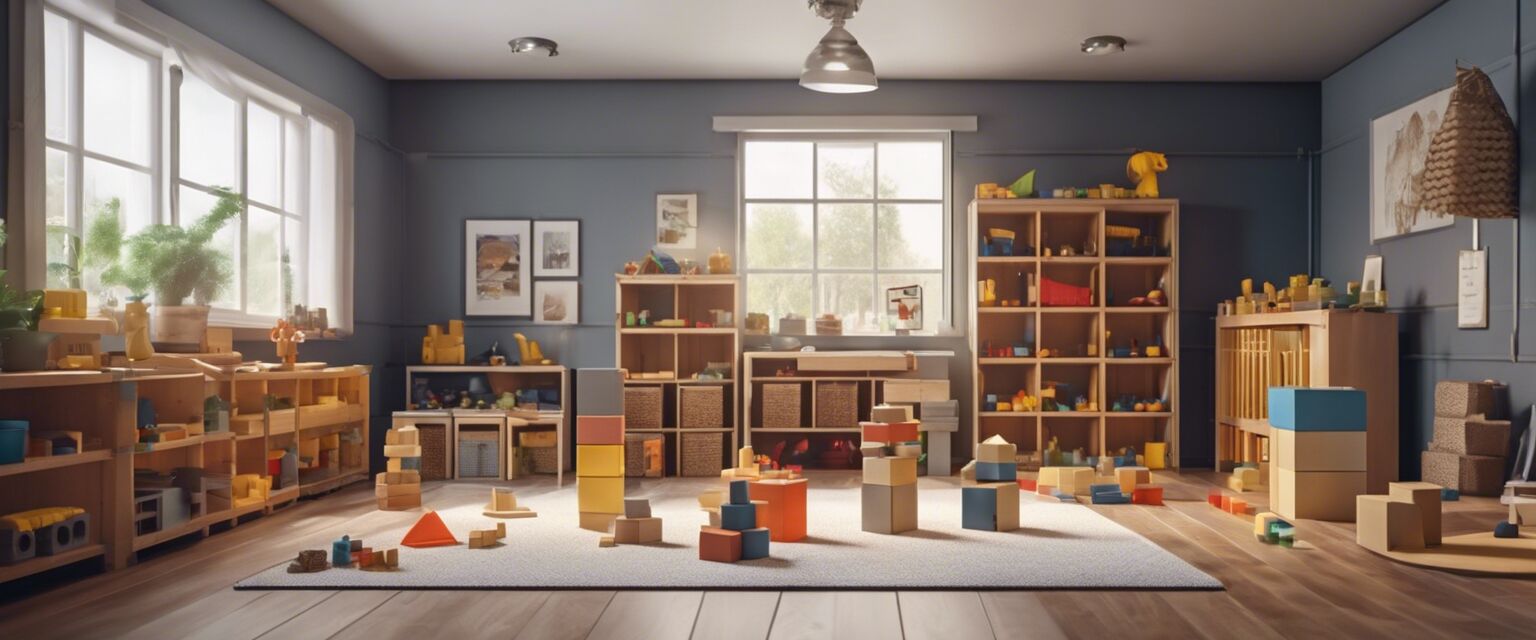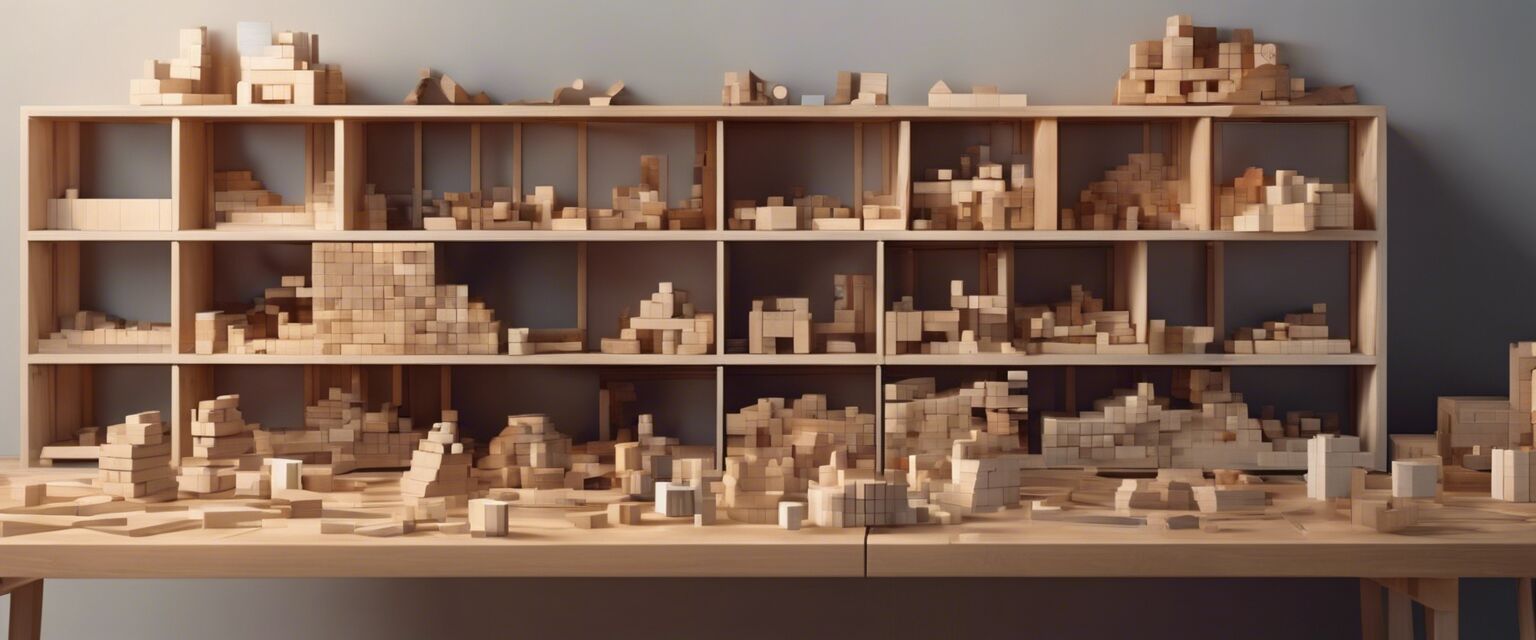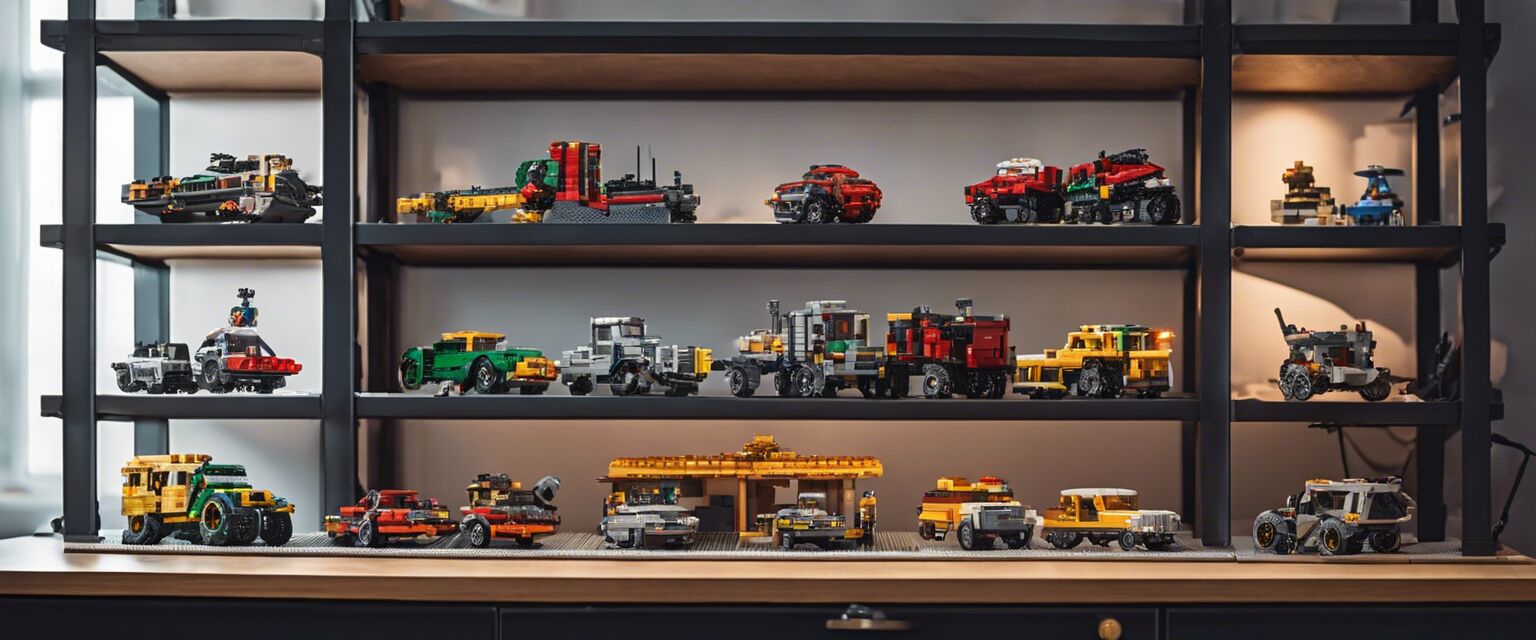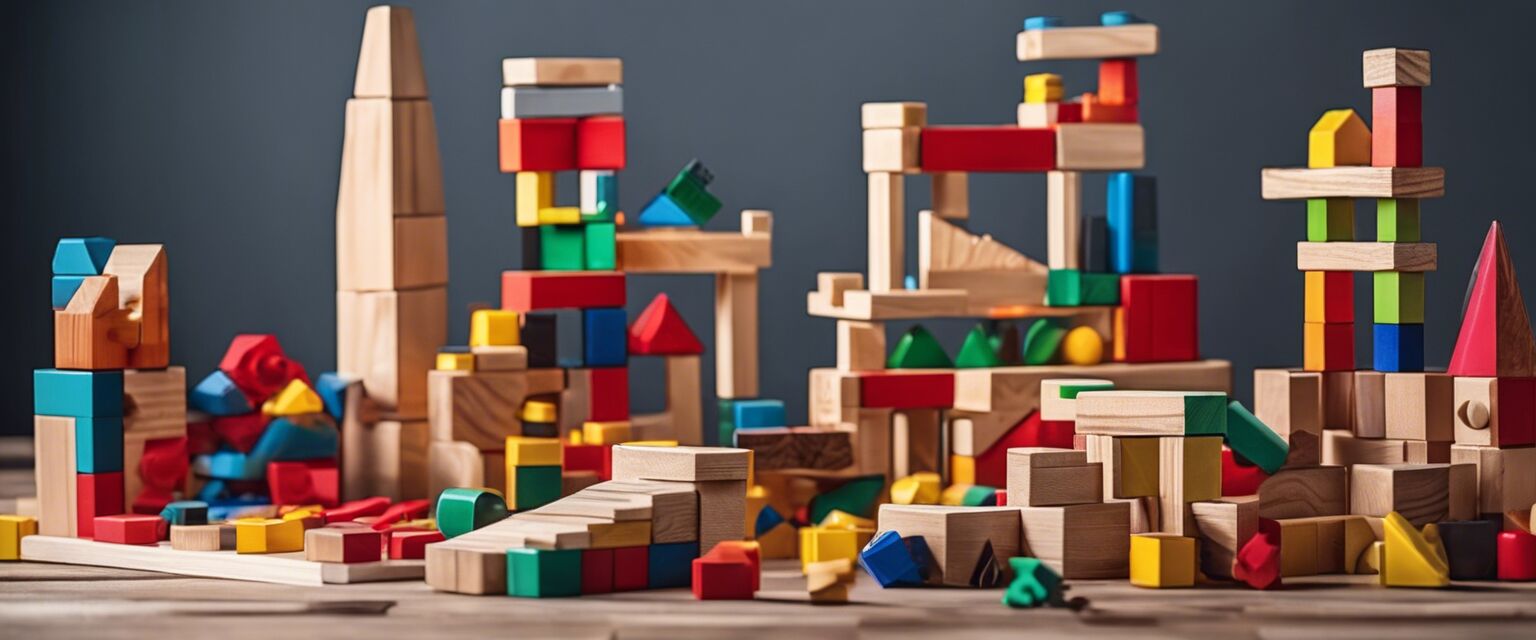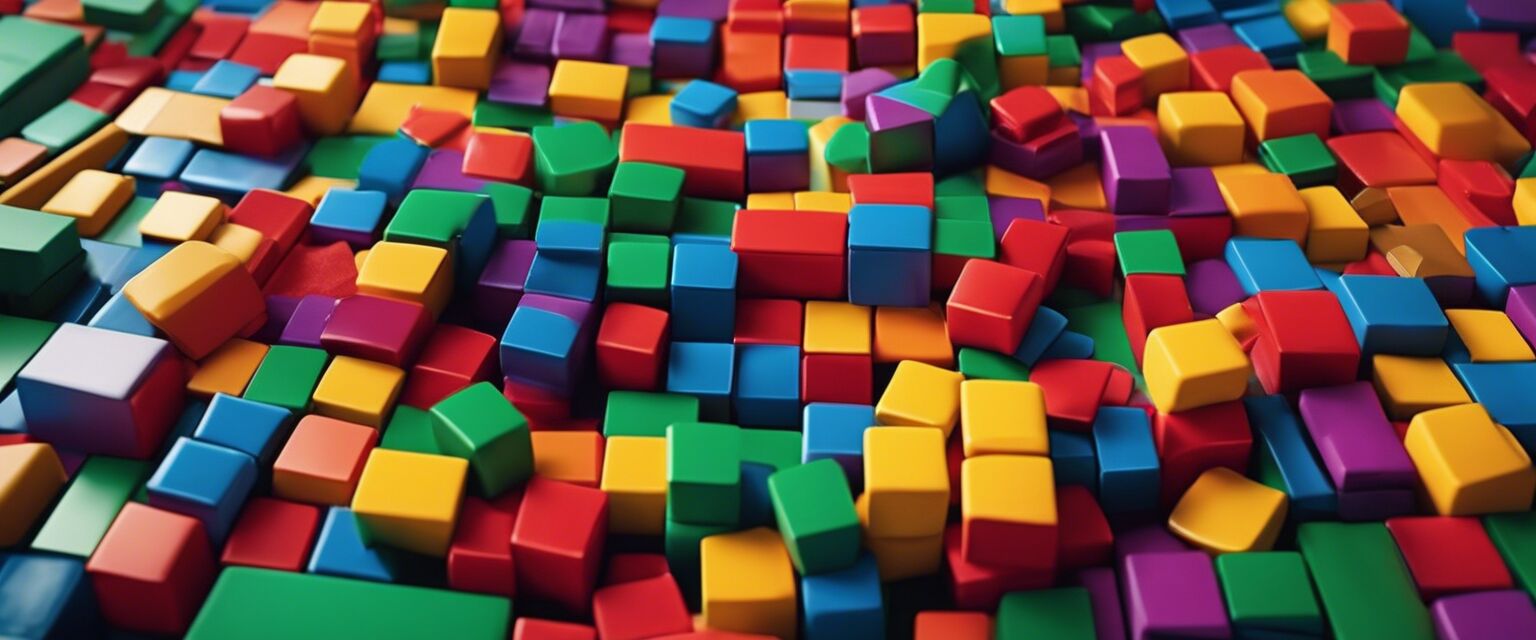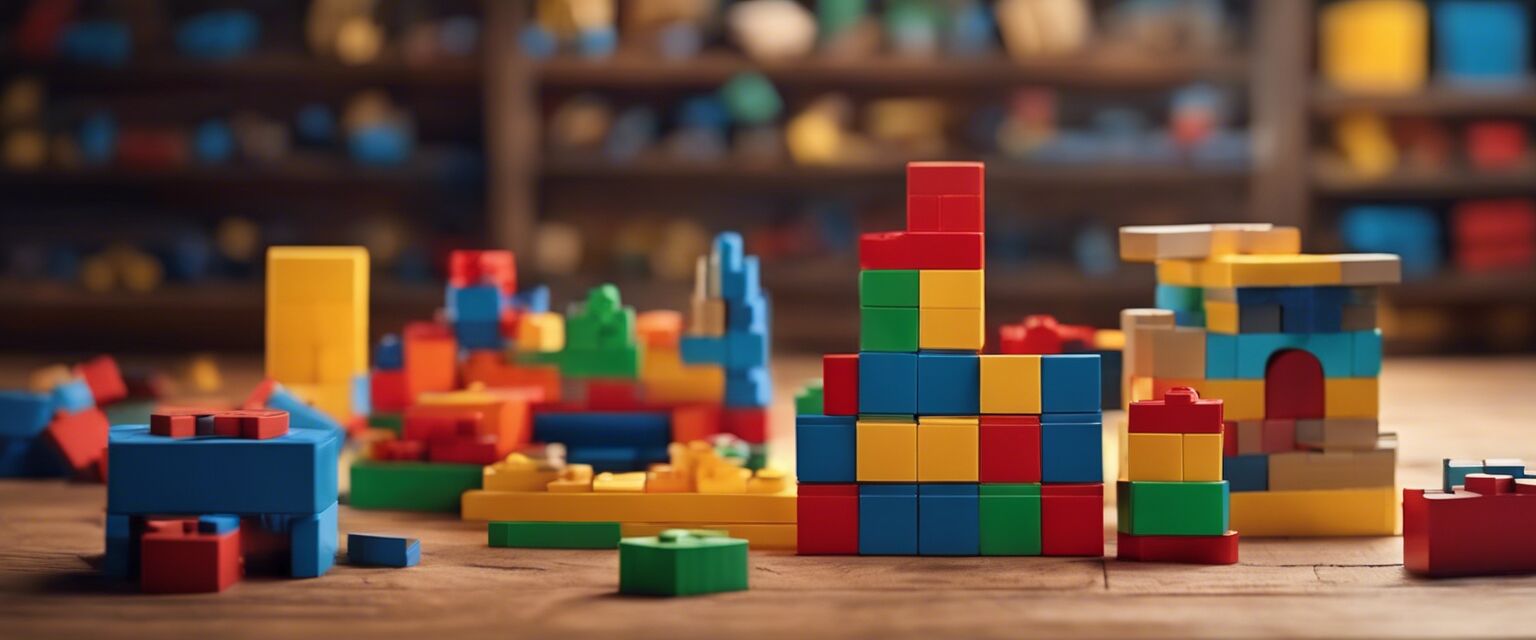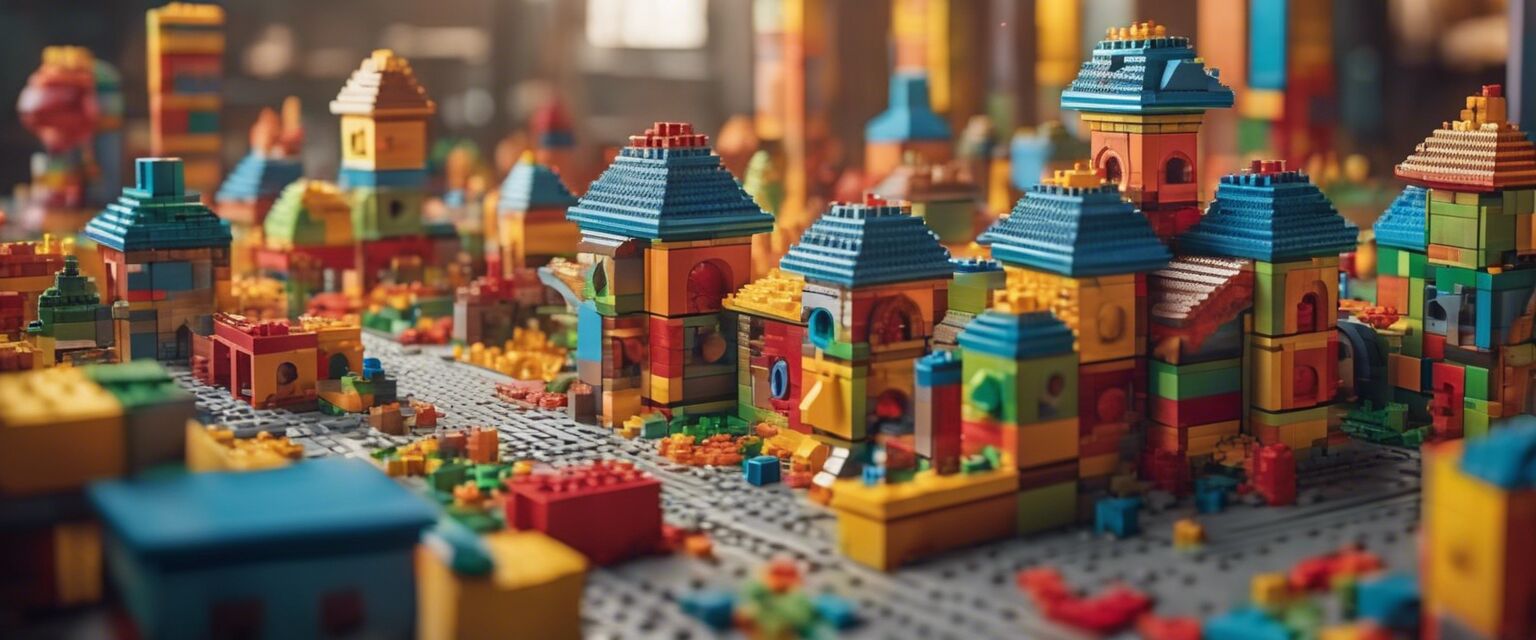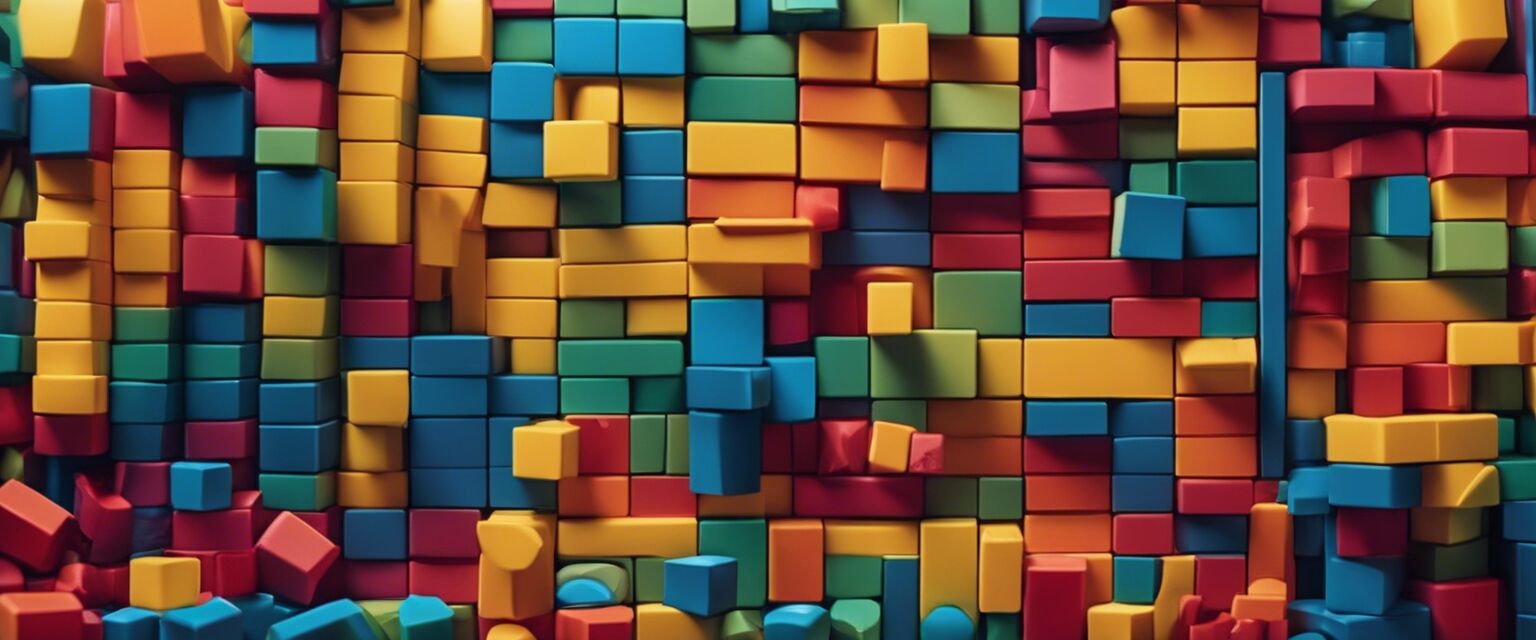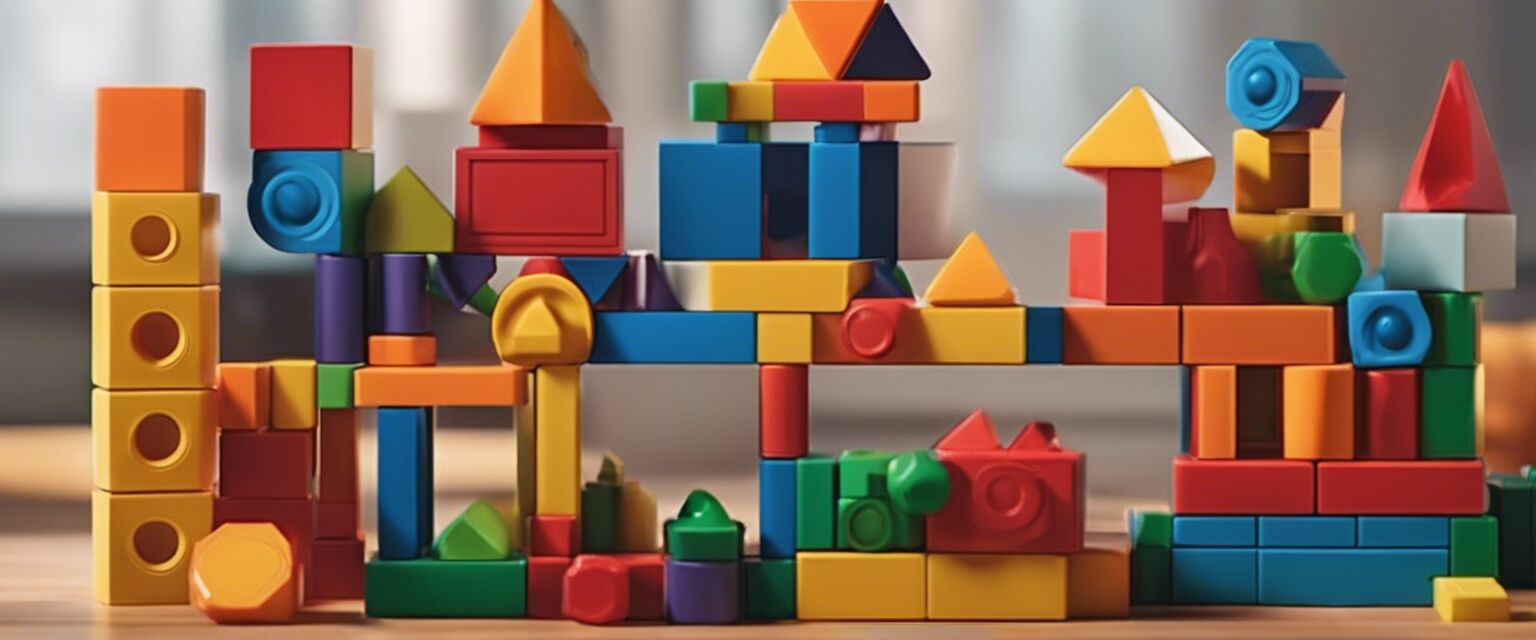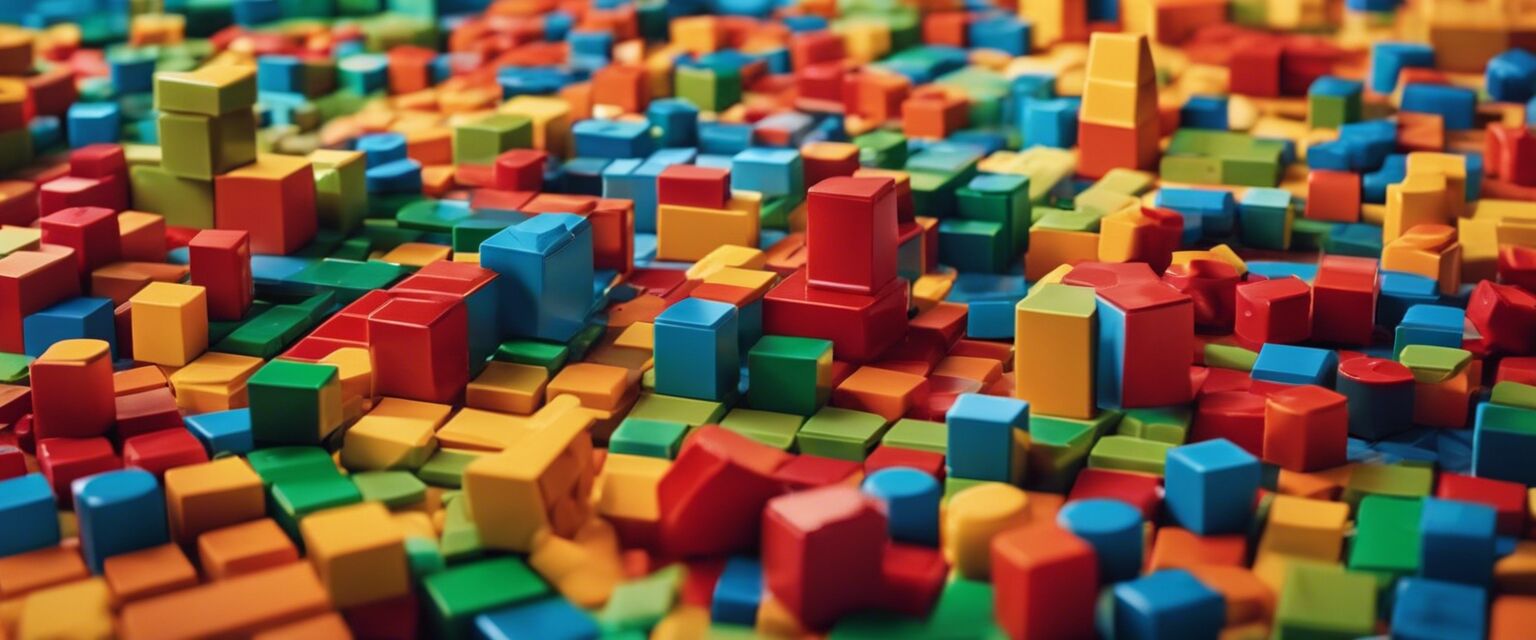
Organizing and Storing Building Blocks
Key Takeaways
- Choose appropriate storage solutions based on the size and type of building blocks.
- Implement an organizational system that makes it easy to find and access blocks.
- Regularly declutter to maintain an organized space.
- Involve children in the organization process to teach responsibility and creativity.
Keeping building blocks organized can create a more enjoyable play experience for both children and adults. With various types of building blocks available, proper storage and organization are essential to ensuring they are easy to access, clean, and fun to use. In this article, we will discuss effective tips and strategies for organizing and storing building blocks.
Why organization matters
Having an organized space for building blocks helps foster creativity and encourages kids to engage in play more actively. Here are a few reasons why organization matters:
- Reduces frustration when searching for specific blocks.
- Encourages children to put away their toys after use.
- Creates a tidy environment that is visually appealing.
Choosing the right storage solutions
When it comes to storing building blocks, selecting the right storage solutions is crucial. Here are some popular options:
| Storage Option | Description | Best For |
|---|---|---|
| Clear bins | Transparent containers that allow you to see contents easily. | All types of building blocks. |
| Stackable boxes | Boxes that can be stacked on top of each other to save space. | Small to medium-sized sets. |
| Drawer organizers | Dividers that fit into drawers to separate different types of blocks. | Smaller sets or specific themes. |
| Shelves | Open shelving for easy access and display of blocks. | For those who want to showcase their collection. |
Organizational systems
Implementing an effective organizational system can significantly enhance the ease of access to building blocks. Here are some popular organizational strategies:
Color coding
Sort blocks by color to make it visually appealing and easier for kids to find specific pieces. You can use color-coded bins or labels to indicate where each color should be stored.
Type categorization
Group blocks by type, such as bricks, connectors, or special pieces. This system helps in finding the right pieces for specific projects.
Thematic organization
For themed building sets, store blocks together by theme, such as architectural kits or fantasy worlds. This allows for swift assembly of themed projects.
Size sorting
Sort blocks based on size, which can be particularly useful for larger sets. Having separate containers for small, medium, and large blocks can minimize clutter.
Involving children in the process
Letting children participate in the organizing and storing process can be beneficial. It teaches them responsibility and allows them to express their creativity.
Tips for maintaining organization
Regular decluttering
Set aside time to declutter regularly. Remove broken or unwanted pieces and donate or recycle them if possible.
Routine storage checks
Establish a routine to check on the organization every month. This can help identify any issues early on.
Encourage clean-up after playtime
Make it a rule to clean up after playtime. This helps develop good habits in children and keeps the space tidy.
Display collections
Consider displaying favorite sets or creations on shelves. This adds a personal touch and encourages children to keep their space organized.
Comparing storage solutions
To help you choose the best storage solution for your building blocks, hereâs a comparison of some popular storage options:
| Storage Solution | Ease of Access | Space Efficiency | Cost |
|---|---|---|---|
| Clear bins | High | Medium | Low |
| Stackable boxes | Medium | High | Medium |
| Drawer organizers | High | Medium | Low |
| Shelves | High | Low | Varies |
Conclusion
Organizing and storing building blocks doesn't have to be a daunting task. By choosing the right storage solutions and implementing effective organizational systems, you can create a fun and tidy play environment. Remember to involve children in the process and maintain the organization regularly. Happy building!
Pros
- Enhances creativity and playtime.
- Reduces frustration during play.
- Encourages responsibility among children.
- Creates a visually appealing space.
Cons
- Initial organization may take time.
- Requires regular maintenance.
- Potential costs for storage solutions.
Additional Resources
For more tips on building blocks and organization, check out our related articles:
- Architectural Model Kits
- Classic Building Sets
- Educational Building Kits
- Fantasy Block Worlds
- Mechanical Building Sets
Visual Inspiration
